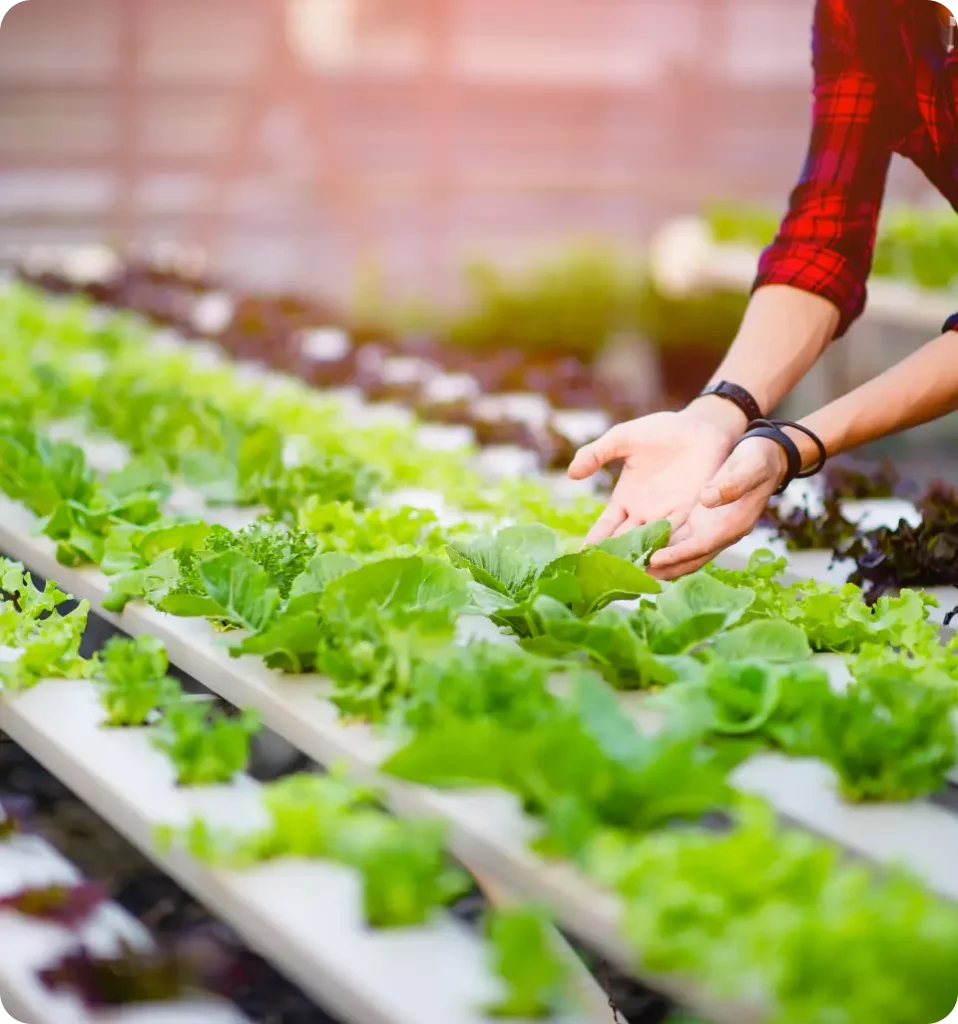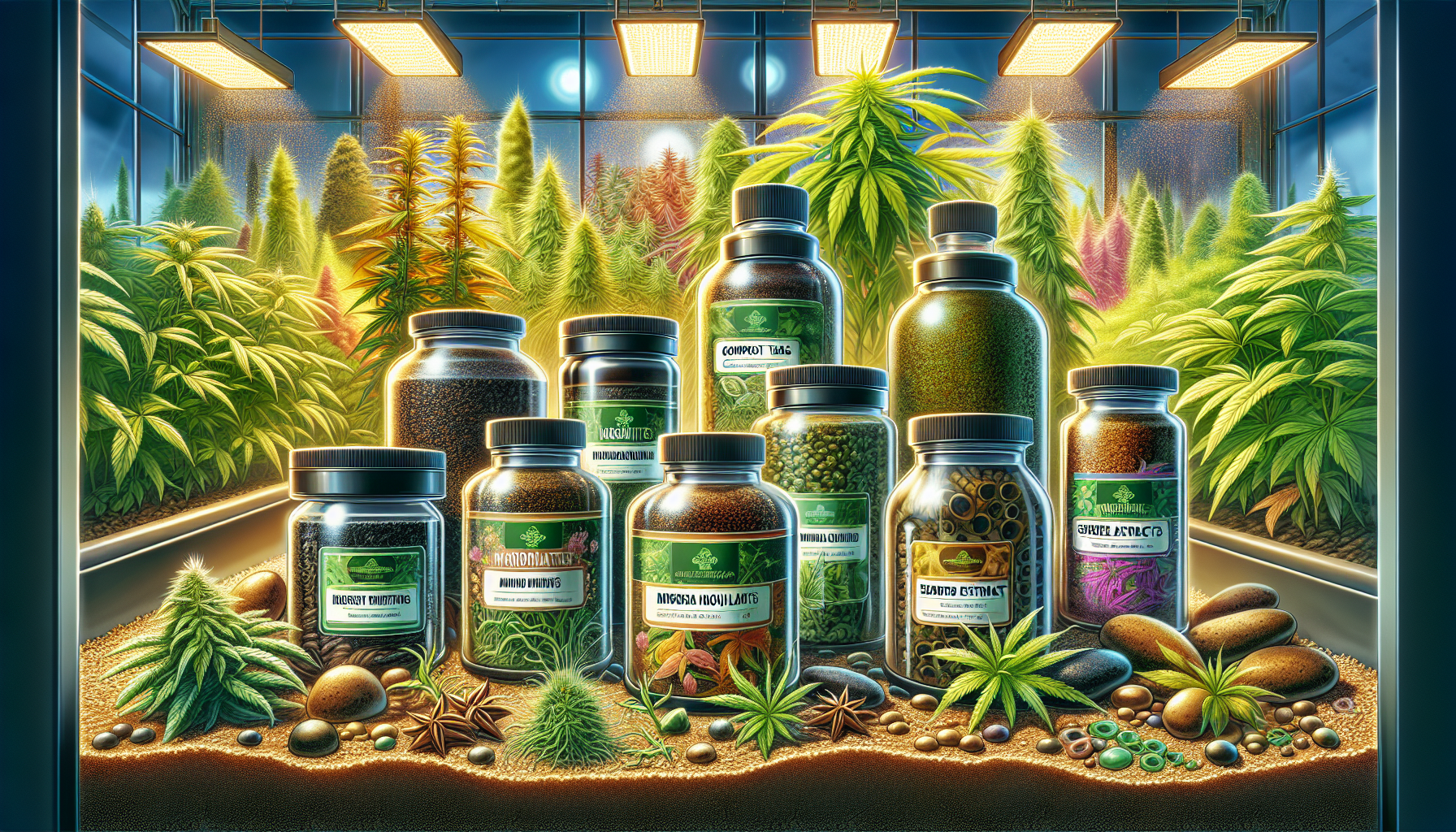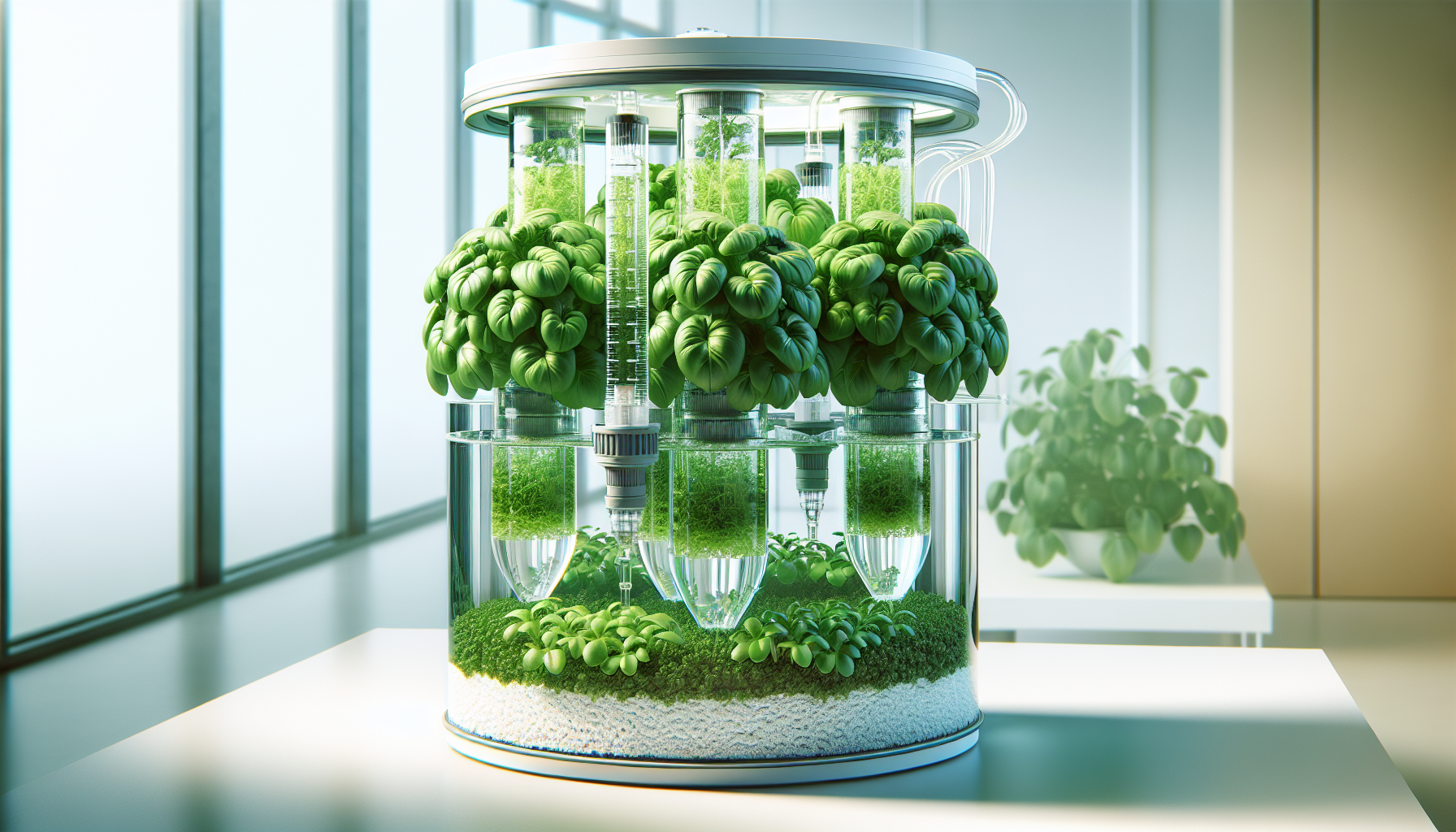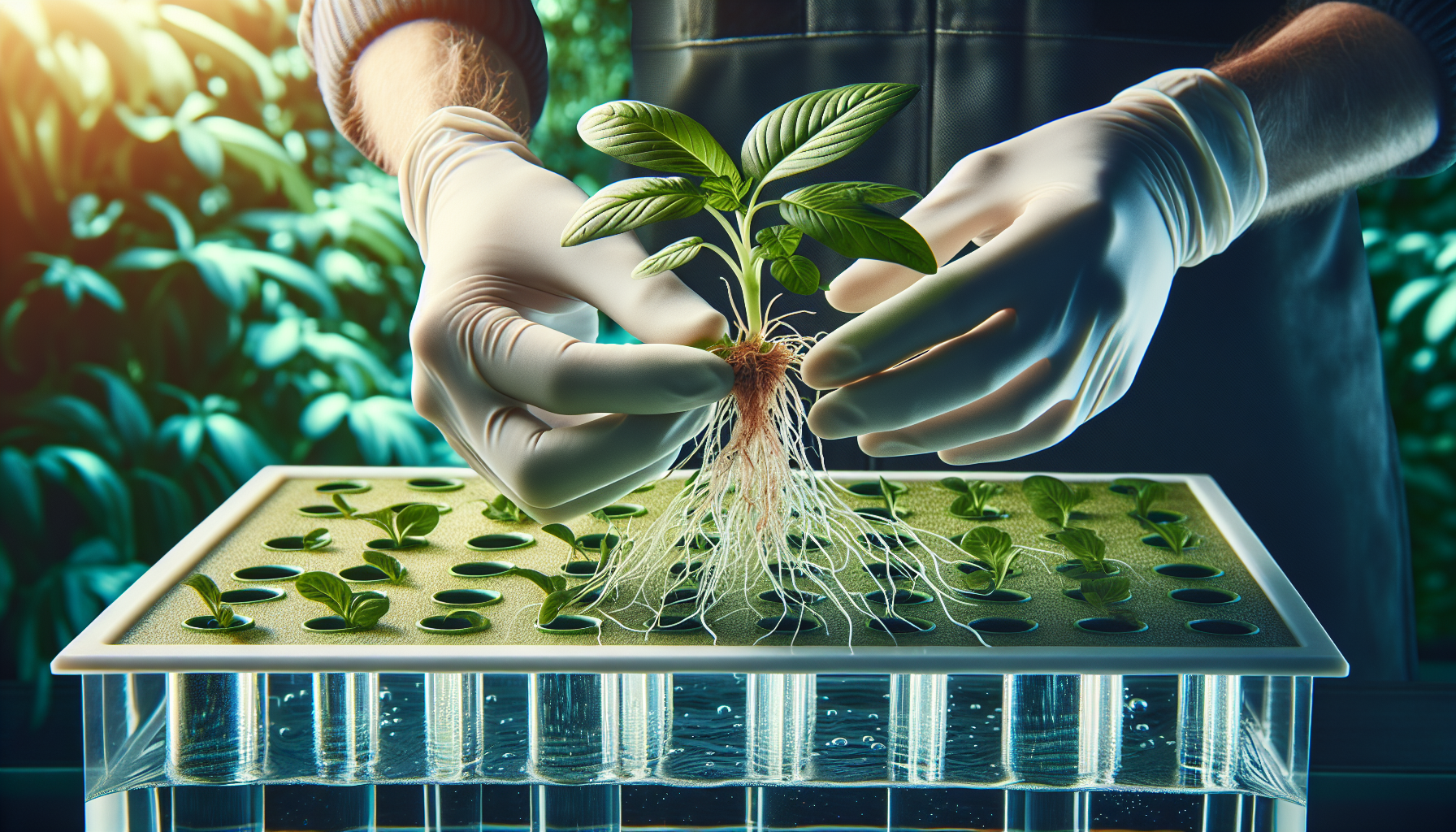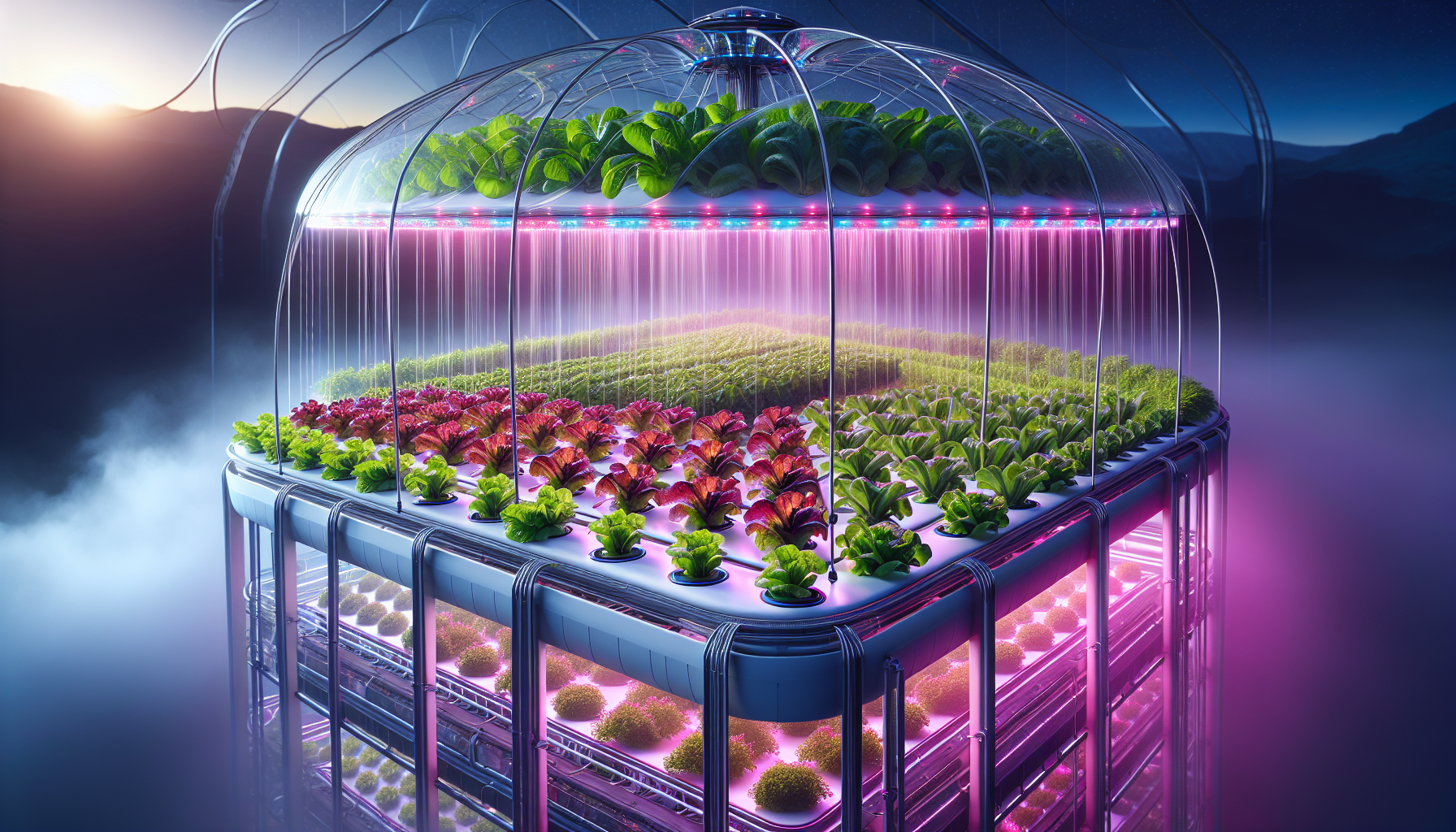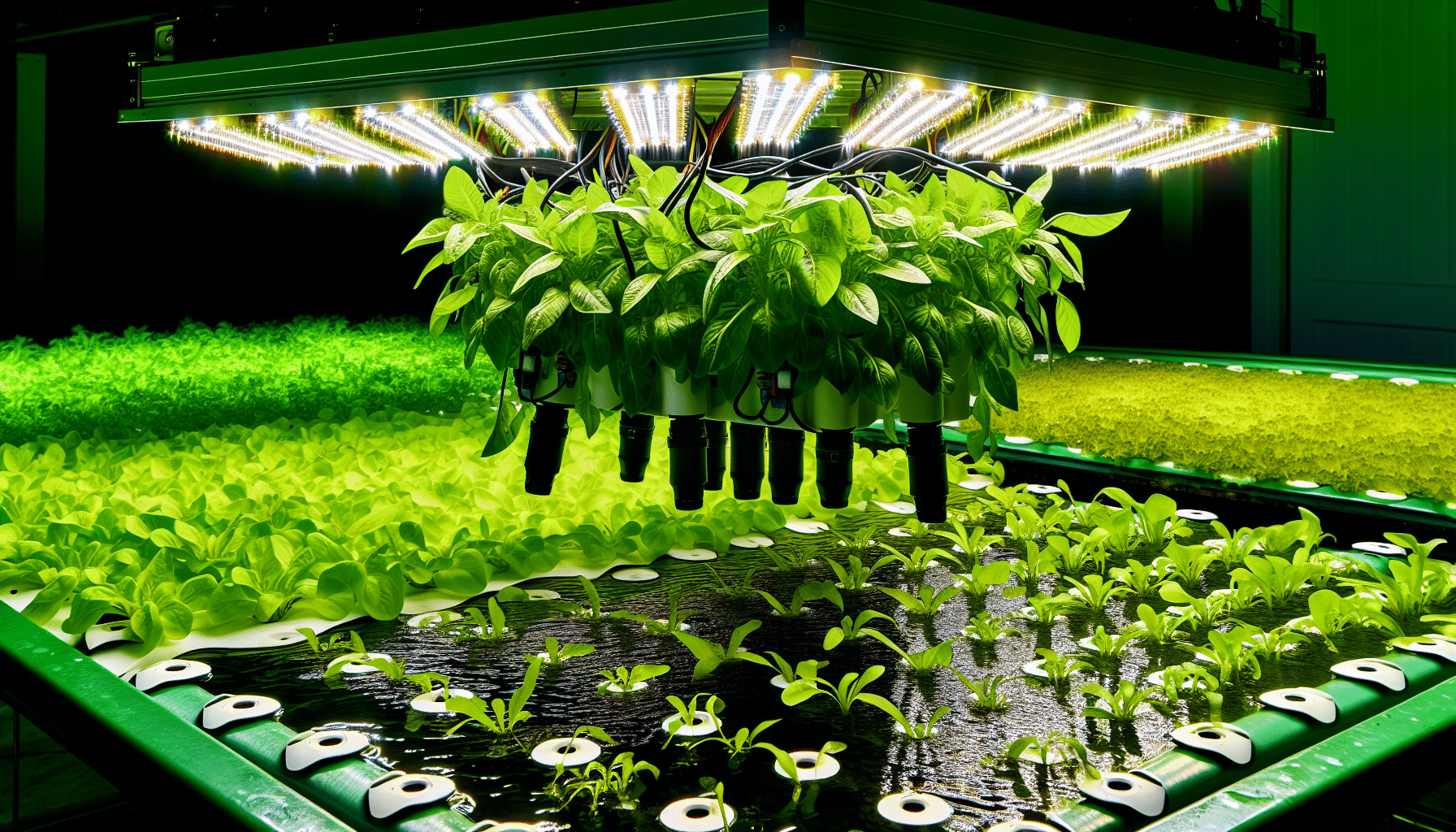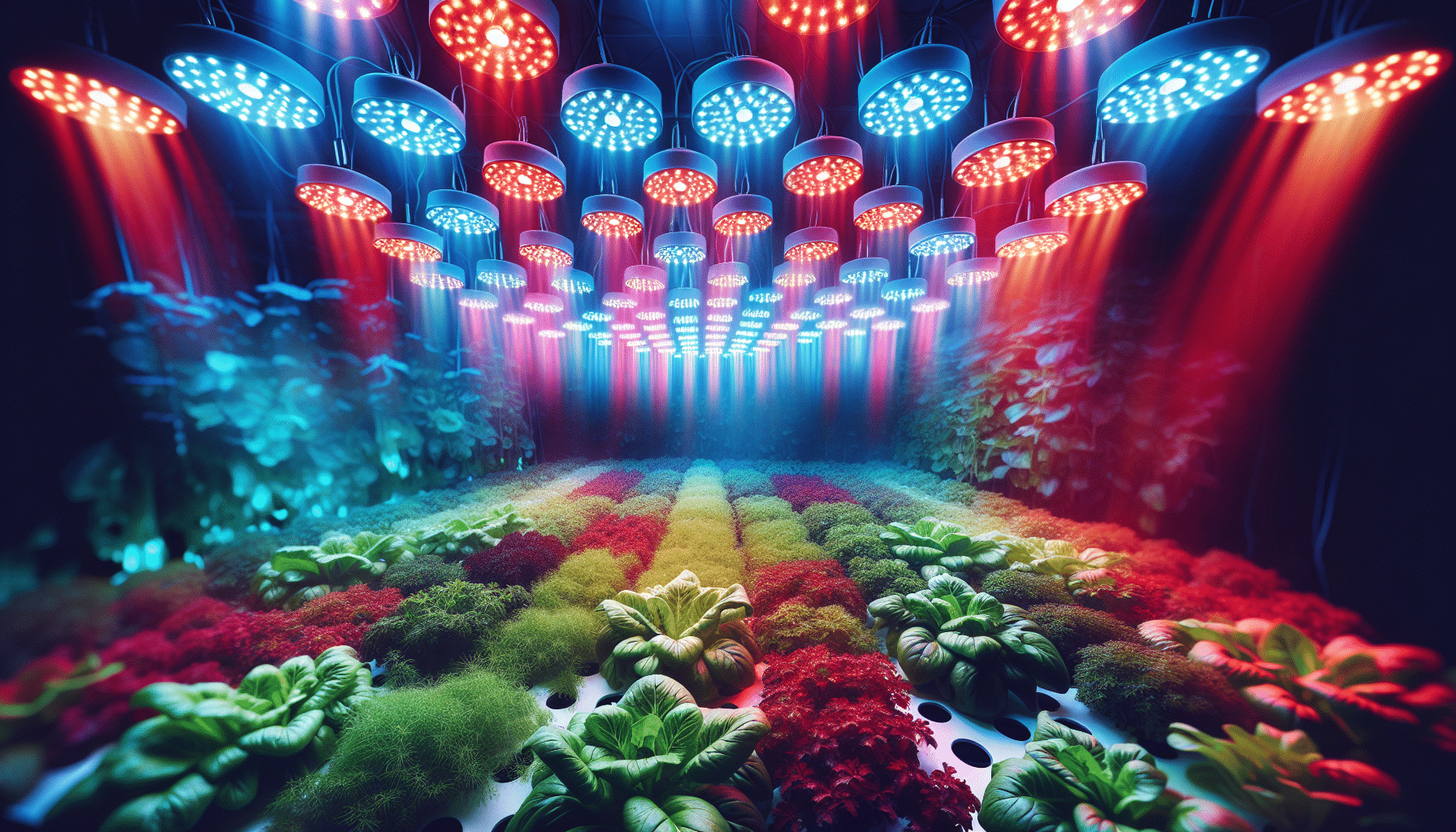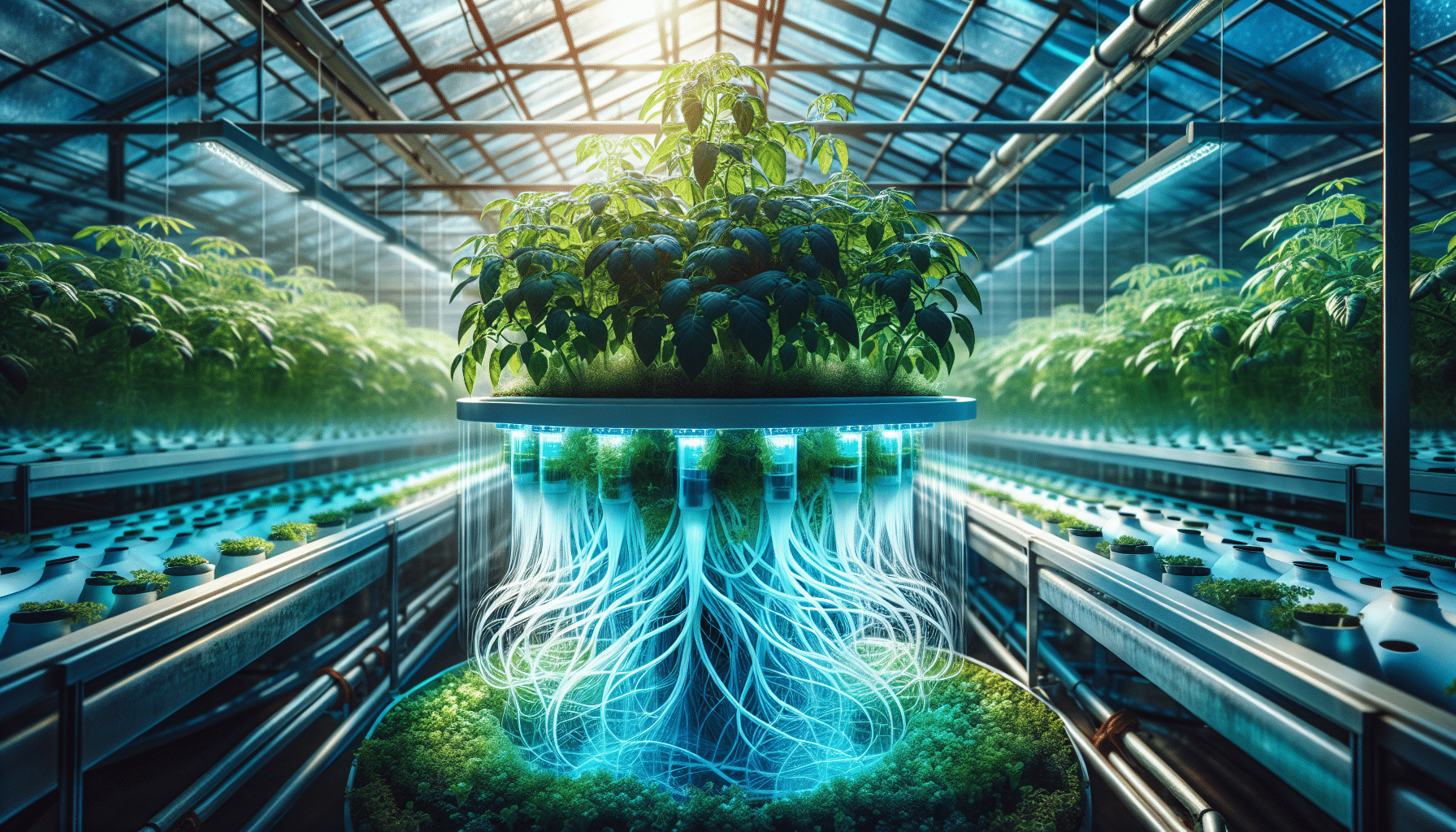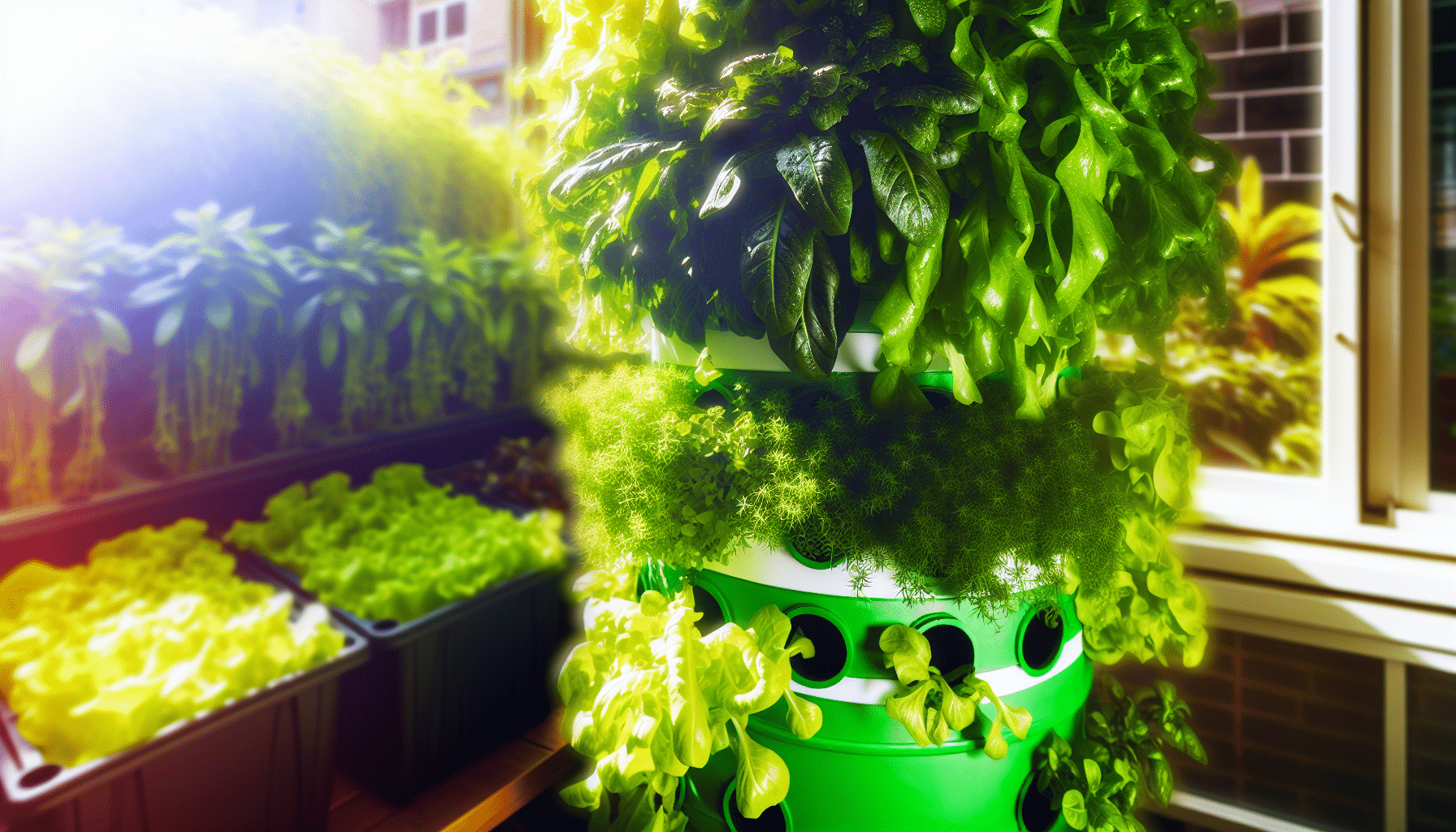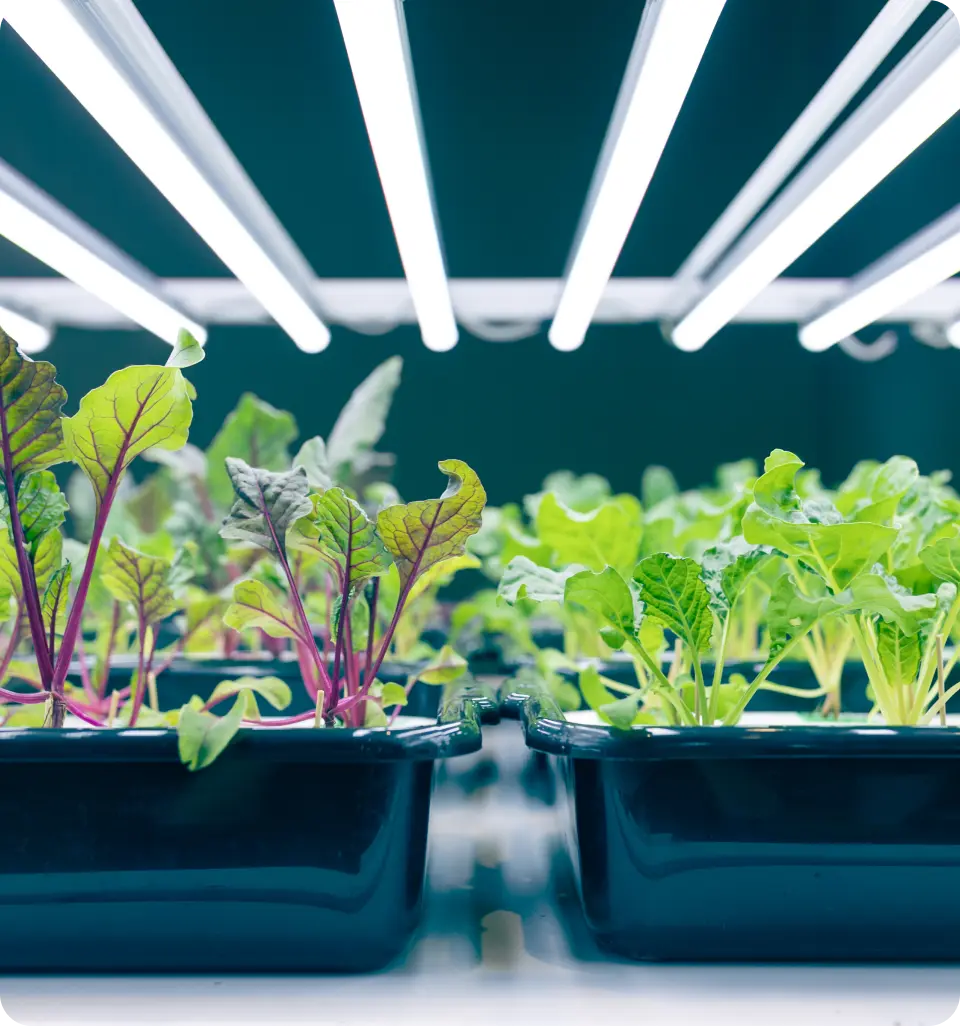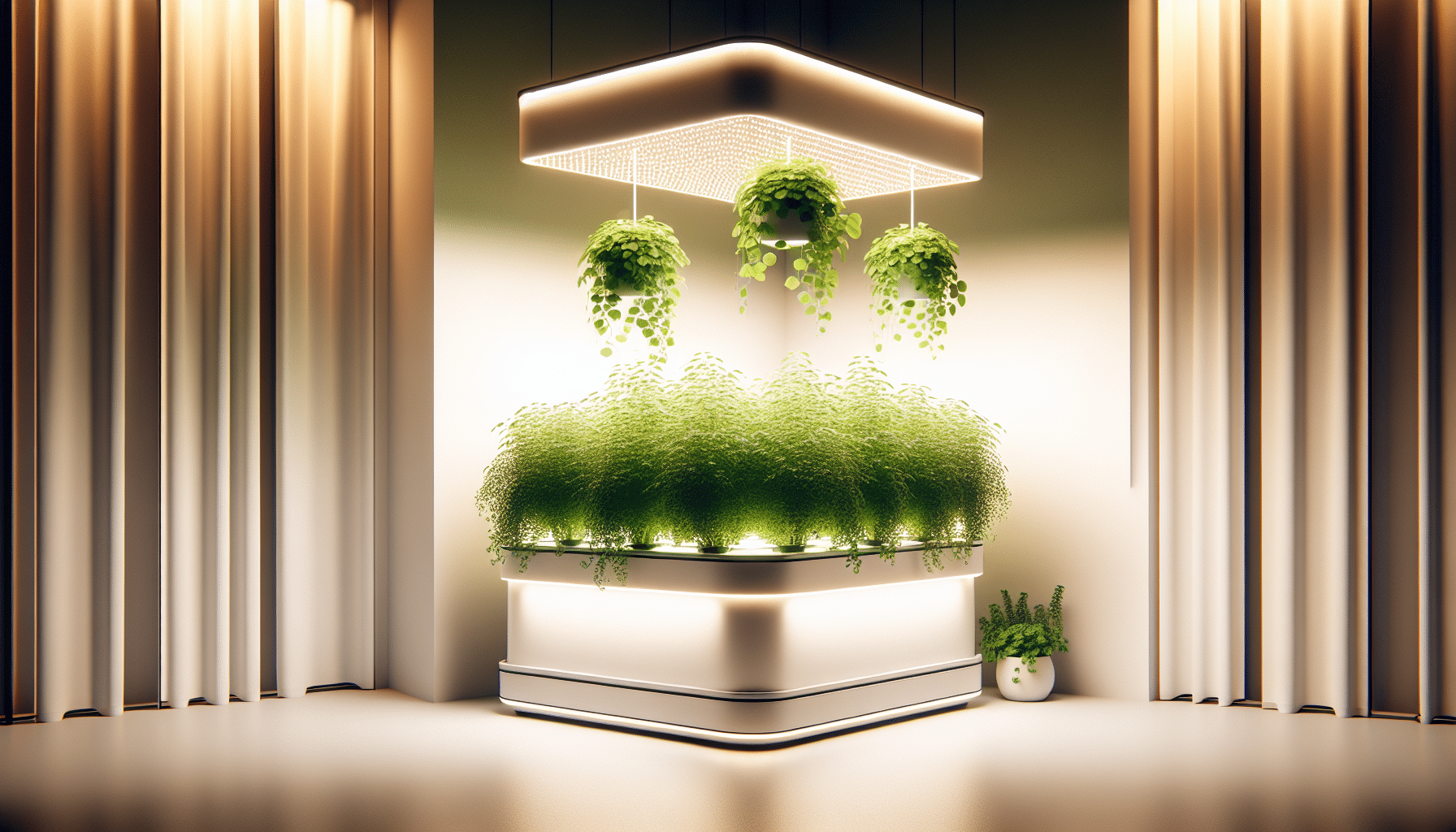The success of better production is greatly dependent on choosing the right system and adopting better control and management practices. Irrespective of the type of hydroponics system, there is 80-90% more water use efficiency as compared to soil-based traditional farming, and this is important for the protection of depleting and deteriorating water resources.
Benefits of Indoor Hydroponics Growing Systems
No Contamination
The controlled application of nutrients supports plant growth in the hydroponic Growing systems. There is clean and clear water for making this nutrient solution, and thus there is no risk of food contamination. At the same time, soils may contain varying levels of pollutants and heavy metals due to the nature of parent material, precipitation, seepage, leaching, and application of chemical fertilizers and pesticides. Thus, the food produced in the hydroponics system is of high quality, has more rich nutritional value, and has better taste than the soil-based growing.
Fast Growth and More Profit
The hydroponic Growing systems is a concept of indoor farming, and there is a proper use of artificial growth lights for supporting better photosynthesis and growth. This lighting provision is helpful to get more harvests in a specific period, and growers can earn more profit than traditional farming.
Even Plant Growth
Hydroponics system provides even nutrition to all the plants, with uniform growth and development. So, farmers can easily harvest all the plant produce at the same time without any worries about superior and inferior quality. This also helps for starting a uniform next round of growing as there is no need to wait for the maturity of previous crops.
Facilitation of Micro-Climatic Conditions
Hydroponics system allows complete control over the growing conditions, and growers can easily adjust the levels of air, carbon dioxide, humidity, and light according to the requirements of growing plants. Also, there is a possibility of using monitoring sensors and software systems for management, so this complete automation yields much better results in terms of crop quality and quantity.
Proper control over the climatic conditions also protects the growing plants from stress. They can easily use all their energy on growth and development rather than stress regulation and fighting against certain changes.
Little or No Use of Chemical Pesticides and Herbicides
There is the greatest concept of cleanliness and hygienic conditions in the hydroponics system and no possibility of weeds and herbs. In this system, the seedlings of desired plants are grown in the nutrient mixture, and there is no entry of seeds and seedlings of unwanted plants.
Moreover, the controlled conditions also minimize the entry of insect pests into the growing space, and thus the need to use synthetic chemicals for pests and weed management is reduced. It also protects the farmers financially as they don’t have to spend much to buy these chemicals. Moreover, not using synthetic chemicals is also helpful in food safety farmers can earn more revenue by selling contamination-free food.
Environmentally Friendly Growing Approach
The hydroponics system is significantly environmentally friendly compared to the traditional farming system as there is no release of toxic pollutants to the environment. It does not cause land erosion and contamination and also reduces the need for transporting greens and food over long distances.
The establishment of commercial hydroponics systems and home hydroponics system in deteriorated soil quality areas and unfavorable climatic conditions greatly helps to meet the requirements of sustainability goals.
No Limitations of Space and Location
There are minimal restrictions and limitations of hydroponics systems in terms of space and location due to the greatest control over the growing conditions and compact size. It is possible to grow so many plants using vertical farming and tower-based growing systems. Thus, it allows for efficient space management, and growers can grow all kinds of foods all year round.
Possibility of Growing Variety
Hydroponics allows the growing of multiple plants and crops simultaneously, and growers can harvest different types of vegetables and greens from one simple and small production unit. However, they must consider the guides for companion planting to avoid any inconvenience, as certain plants cannot grow well near each other.
